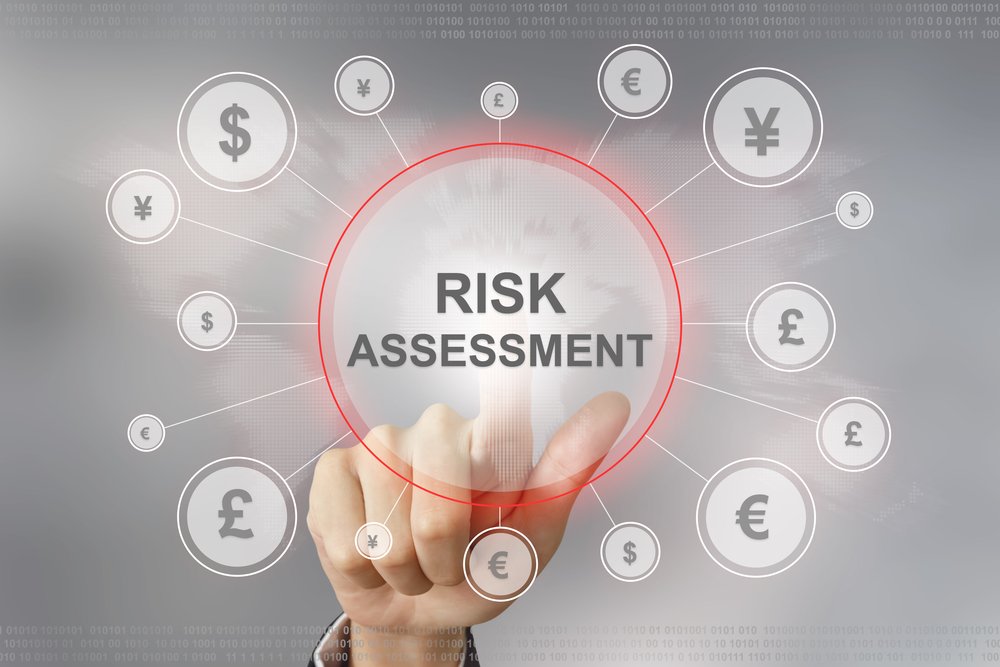What Is Risk Assessment & Why Is It Important?
In the realm of water resources, one cannot overlook the role of risk assessment. It is a critical process that enables communities, organizations, and governments to protect and sustainably manage their water systems. Identifying and understanding risks related to water supply, flooding, contamination, and more ensures that precautionary measures can be taken. This article delves into the concept, importance, and methodologies of risk assessment.
Risk Assessment Definition
Risk assessment refers to the careful analysis of possible events or hazards that could result in harm or loss, followed by an evaluation of the likelihood and potential impact of those events. In the context of water resources, it involves studying factors such as water quality, availability, distribution, and potential threats like pollution, natural disasters, or equipment failure.
Importance of Risk Assessment in Water Resources
The following points illustrate why risk assessment is an indispensable part of water resource management:
Predictive Tool
By evaluating potential risks and uncertainties, water resource managers can predict possible challenges and create strategies to overcome them. This predictive capacity avoids unexpected disruptions and fosters proactive planning.
Resource Optimization
Effective risk assessment enables the strategic allocation of resources, such as budget and manpower. By focusing efforts and investments on the most critical areas, efficiency is maximized, ensuring that resources are used judiciously.
Compliance with Regulations
Water management often involves strict adherence to various local, state, and federal regulations. A comprehensive evaluation of risks ensures compliance with these laws, minimizing legal challenges and potential penalties.
Enhancing Public Trust
A well-conducted risk assessment fosters trust and confidence among stakeholders, including the general public. It demonstrates a commitment to safety and responsible management, reflecting positively on the managing body's reputation.
Environmental Protection
Understanding the risks associated with water resources also includes recognizing potential threats to the surrounding environment. By identifying and mitigating these threats, risk assessment contributes to the preservation of ecosystems and biodiversity.
Methods and Techniques
The process of risk assessment can be approached in various ways, depending on specific needs and objectives. Here is a closer look at some common methods:
Qualitative Assessment
Qualitative assessment involves descriptive evaluations of potential risks, often categorized as low, medium, or high. While more subjective, this approach can be useful for initial screenings or when precise data is limited.
Quantitative Assessment
Quantitative assessments, on the other hand, utilize numerical data and statistical models. This approach offers a more detailed understanding of potential hazards and their likelihood and consequences.
Hybrid Assessment
In some cases, a combination of qualitative and quantitative techniques may be employed to offer a more rounded perspective. Hybrid assessment considers both numerical data and human judgment, providing a balanced view of the risks involved.
Embracing Risk Assessment for Sustainable Water Management
Risk assessment plays an essential role in water resource management, offering predictive insights, resource optimization, legal compliance, public trust enhancement, and environmental protection. Through careful planning, analysis, and execution, it forms a core part of a resilient and responsible water management system.
Whether utilizing qualitative, quantitative, or hybrid methods, the process requires a thorough understanding of the specific context and potential threats. By embracing this multifaceted approach, water resource managers can ensure the well-being of both the environment and the communities that depend on it, contributing to a more sustainable future.
Understanding the value of this process and investing in it will not only protect water resources but also reflect a commitment to societal health, economic growth, and ecological balance.


